15 Things Parents Did in the ‘80s That Would Have Everyone Talking Now
Parenting in the 1980s was a whole different ballgame. What was once considered perfectly normal back then might now raise serious eyebrows—or even land parents in hot water. From laid-back rules and minimal safety gear to a very different take on supervision, ‘80s parents definitely marched to the beat of their own drum.
Fast forward to today, and the standards for what’s safe and acceptable have shifted dramatically. Here are some classic ‘80s parenting habits that would definitely not fly in today’s world.
Why Letting Kids Ride in the Front Seat Was Totally Normal
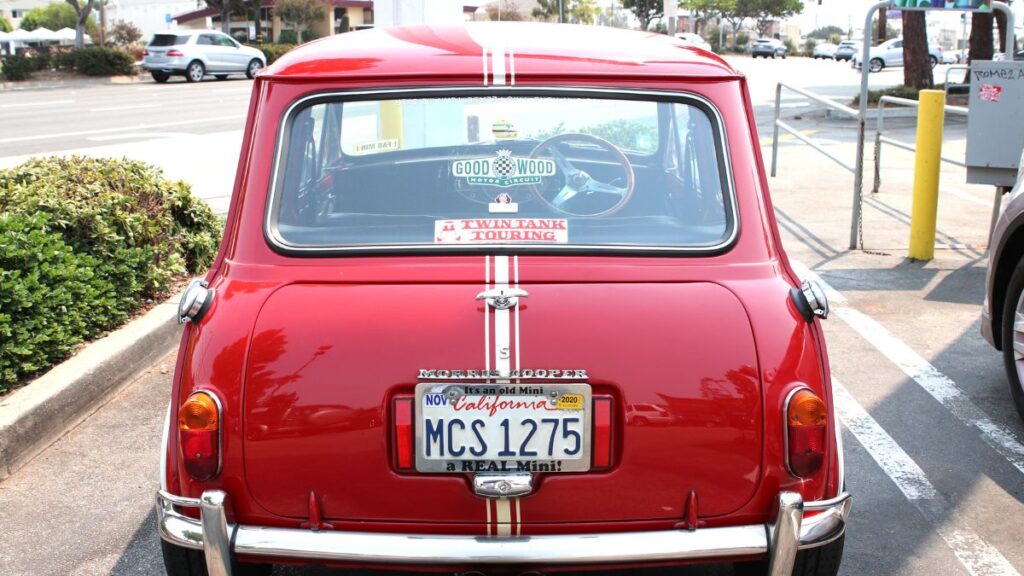
In the ’80s, seeing a child riding shotgun next to a parent wasn’t unusual. Seatbelt laws were still catching on, and car seats weren’t as strictly enforced. Safety guidelines today recommend keeping children in the back seat until age 13. Letting a young child sit in the front now would raise safety concerns and could even lead to a fine. What once felt normal now feels risky.
Smoking Was Normal Around Kids

Back in the ‘80s, lighting up a cigarette indoors or even in the car with the windows rolled up was just part of everyday life. Parents smoked at home, in restaurants, and sometimes even while holding their babies, with little thought about the effects. Fast forward to today, and smoking around children is not only frowned upon but often illegal. Thanks to increased awareness of the dangers of secondhand smoke, what was once commonplace is now seen as harmful and downright inconsiderate.
Leaving Kids Alone in the Car
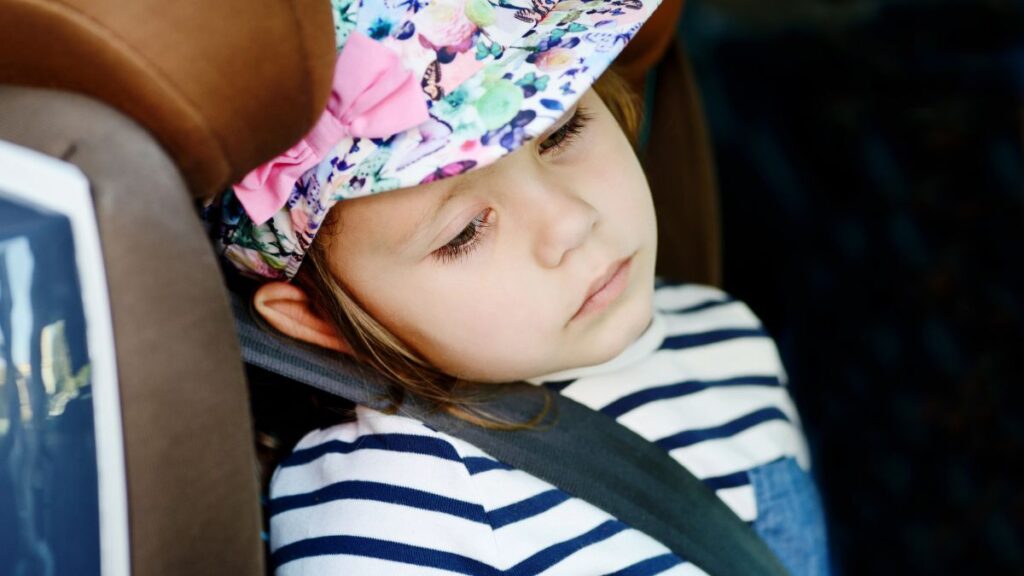
Parents in the ‘80s often left their kids alone in the car while running quick errands, and it was no big deal, especially if the windows were cracked. Today, however, leaving children unattended in a vehicle is considered a serious safety risk and can lead to legal trouble, particularly in extreme weather. What used to be seen as a harmless convenience is now recognized as neglect, reflecting how much parenting standards have evolved.
No Helmets for Biking or Skating

Back in the day, kids rode bikes, skateboards, and roller skates without a second thought about protective gear. Helmets and knee pads were rare, and parents rarely insisted on them. Fast forward to today, and helmets are mandatory in many areas, with parents expected to enforce strict safety rules. If a child gets hurt while riding without proper gear, questions and concerns quickly follow. Safety has become a top priority when it comes to outdoor play, marking a big shift from the carefree days of the past.
Letting Kids Roam the Neighborhood Alone
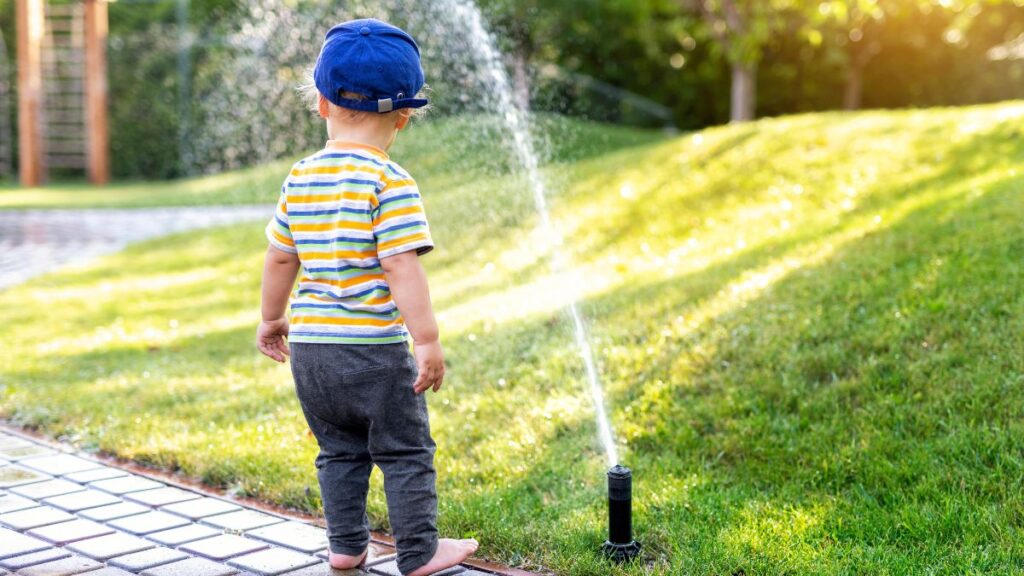
Back then, it was completely normal for kids to leave the house after school and not come back until dinner, with parents often unsure of their exact whereabouts—and without the convenience of cell phones. Today, letting young children roam unsupervised is considered risky and can even trigger calls to child protective services. Community standards around supervision have shifted dramatically. What was once celebrated as freedom is now often viewed as a serious lack of oversight.
Letting Older Siblings Babysit Too Young

In many families back then, it was common for a 10 or 11-year-old to be left in charge of younger siblings a rite of passage meant to teach responsibility. Today, however, many consider that age too young for such a big responsibility. In fact, some places have legal age requirements for when a child can babysit. What was once viewed as practical and normal is now often seen as unsafe and risky.
Corporal Punishment Without Question
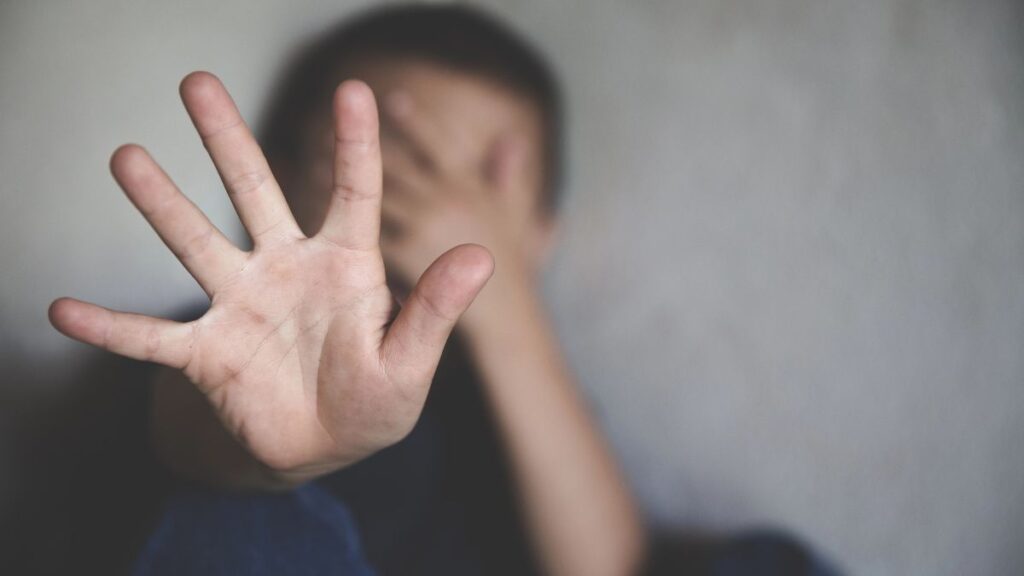
Spanking and other forms of physical discipline were common in the ’80s, even in some schools. Today, there’s a much greater awareness of how physical punishment can affect children’s mental health. Many parents have moved away from it entirely, and several states have banned corporal punishment in schools. Discipline has shifted toward positive, non-physical approaches that focus on guidance rather than punishment.
No Car Seats or Loose Booster Seats
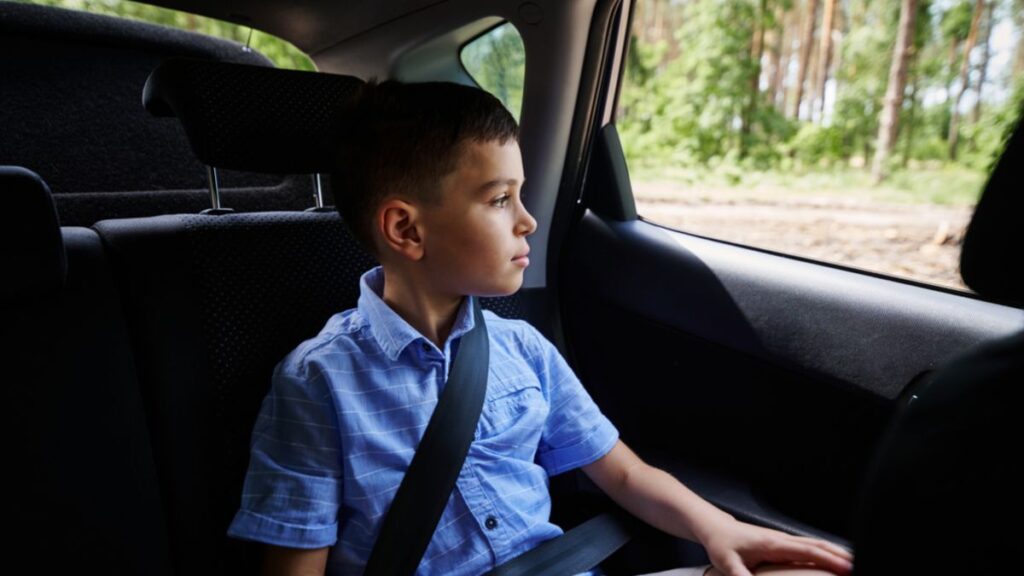
Back in the day, it wasn’t uncommon for parents to drive with infants on their laps or toddlers bouncing around the back seat. While car seats did exist, they were often optional or improperly used. Today, strict laws mandate properly installed car and booster seats based on age and weight, with serious penalties for non-compliance. When it comes to child car safety, we’ve come a long way from those carefree days.
Watching Inappropriate Movies

Back then, kids often watched scary or adult-themed movies like Gremlins or Robocop with little fuss, and parents rarely paid much attention to movie ratings. Today, most parents are much more cautious, relying on age-appropriate ratings and parental controls to protect their children. Allowing young kids to watch violent or mature content now raises serious concerns. Entertainment standards have definitely shifted toward greater protection.
No Sunscreen or Tanning Oil for Kids

In the 80s, getting a tan was seen as healthy, and sunscreen wasn’t always a priority. Some parents even used tanning oil on themselves and didn’t think much about protecting their kids’ skin. Now, doctors stress the importance of sun protection starting at a young age. Parents who skip sunscreen might be seen as careless. Skin safety is taken much more seriously.
Letting Kids Ride in the Back of Pickups

Riding in the open bed of a pickup truck was almost a childhood thrill in the 80s. Kids would sit back there during parades, road trips, or just quick drives around town. Today, this is illegal in many states and considered highly unsafe. Allowing a child to ride unrestrained in a moving vehicle now raises major safety concerns. Fun back then would be reckless now.
Ignoring Food Allergies or Nutrition Labels

Few people previously talked about food allergies, and schools rarely adjusted for them. Packaged snacks were handed out without checking ingredients, and healthy eating wasn’t a big focus. Food allergies are taken very seriously today, and schools often have strict guidelines. Parents must read labels carefully and communicate dietary needs. A lack of awareness today could put a child at serious risk.
Sending Sick Kids to School
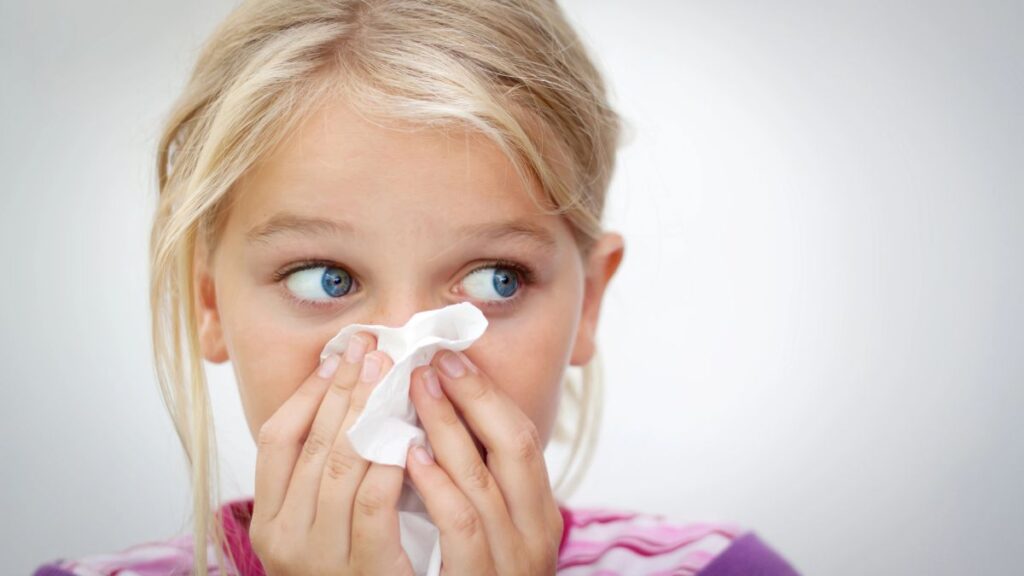
In the ’80s, unless a child had a high fever, they were often sent to school with a cough or cold. Parents had fewer options to stay home with sick kids, and there was less emphasis on illness prevention. Today, schools enforce stricter policies about keeping sick children at home, and parents are expected to monitor symptoms carefully and act cautiously. Health protocols have become far more vigilant and protective.
Drinking and Driving in Front of Kids

While never legal, some parents in the ’80s were more relaxed about having a drink or two before driving, often with kids in the car unaware of the risks. Today, drinking and driving is taken extremely seriously, and modeling that behavior in front of children is heavily condemned. Getting caught can lead to legal trouble and even impact parental rights. The culture around alcohol and safety has shifted dramatically over the years.
Letting Kids Stay Up All Night
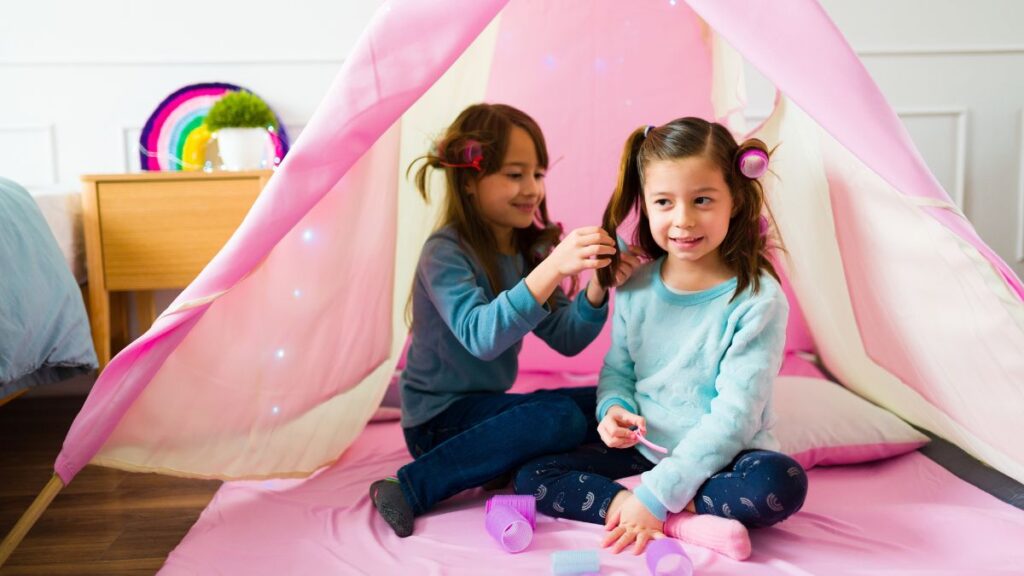
Bedtimes in the past were often flexible, with kids staying up late watching TV or playing outside without much fuss. There was little focus on strict sleep schedules or the impact of sleep deprivation on behavior and health. Today, experts emphasize the critical role of a regular sleep routine for children’s development. Parents who allow late nights may face concerns from teachers or health professionals. Sleep has shifted from being optional to absolutely essential.
Related: 15 Clever Hacks To Reduce That Never-Ending Grocery Bill

Managing grocery expenses can be challenging for many households, especially with rising food costs and fluctuating budgets.







